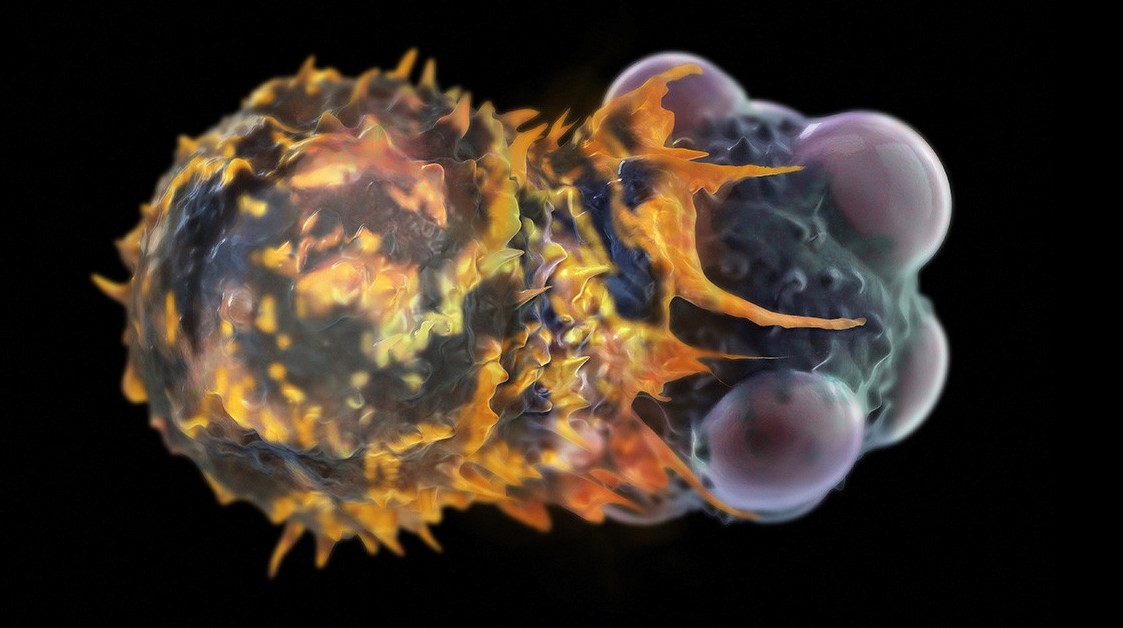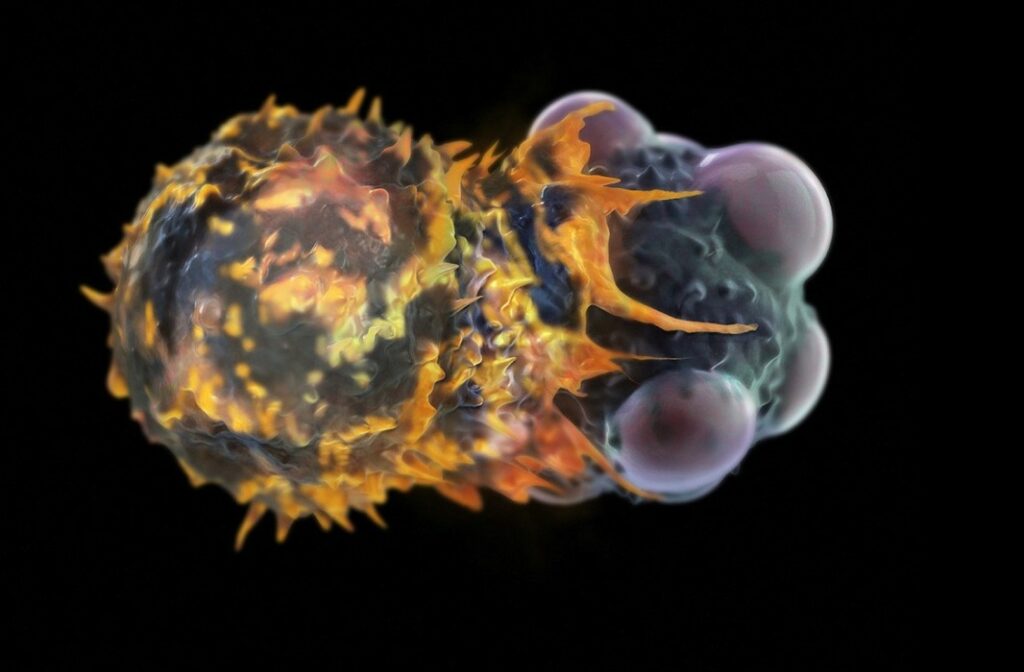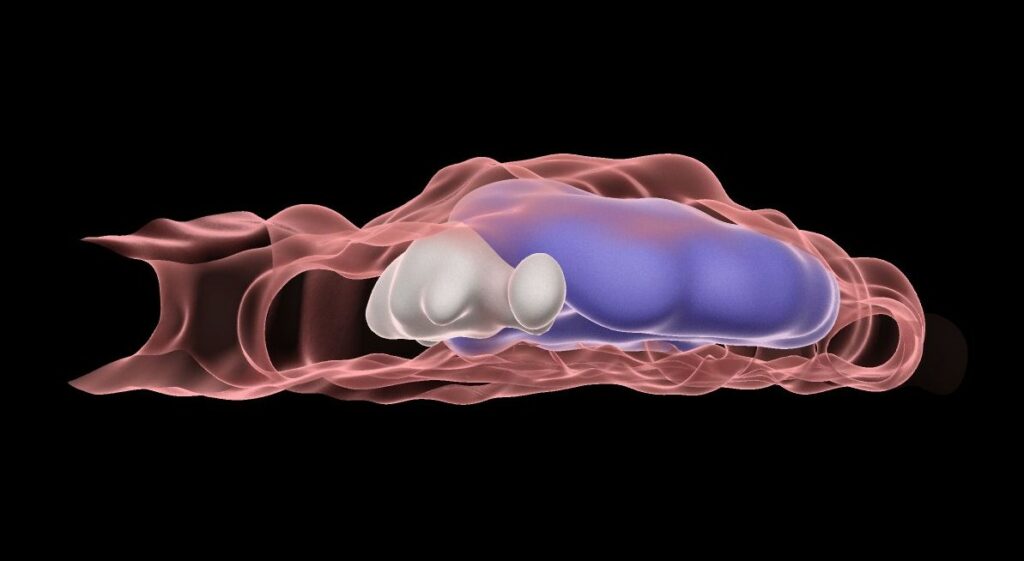
What if the immune system was also a question of mechanics? In recent years, numerous researchers have worked intensively on these aspects. And for good reason: tumor progression is influenced by numerous biomechanical parameters that promote or slow down the formation of metastases, these secondary tumors that arise from the spread of tumor cells through the bloodstream. Researcher Jacky Goetz* (Insert/University of Strasbourg) and Li Tang (École Polytechnique Fédérale de Lausanne) and their teams have pooled their expertise (biomechanics, metastases, immunology) to provide an overview of recent advances in this field in a comprehensive article published in the journal Nature nanotechnology.
The growth of a primary tumor, from which cancer cells can emerge to metastasize elsewhere in the body, is accompanied by mechanical changes generally related to the stiffness of the surrounding tissue, the behavior of the fluids surrounding the tumor, and the mechanical changes Properties of tumor cells. These changes, which sometimes occur in other types of pathologies (such as: Fibrosis), can slow the infiltration of immune cells and thus slow tissue healing.
The good news is that all different immune cells – such as lymphocytes – are sensitive to these biomechanical forces: numerous studies report that they adapt their responses to the different mechanical stimulations they are exposed to and, in particular, to the rigidity of the target cancer cell. The more flexible tumor cells would therefore be less sensitive to attempts at destruction by the so-called “ cytotoxic “Immune cells.

©Julien Husson (LadHyX, CNRS, Ecole Polytechnique, Institut Polytechnique de Paris / Illustration used for the workshopsImmunobiophysics)
Identify “windows” to modulate and maximize this Immune reaction
It therefore appears that at certain stages of metastasis development, the immune system may be more or less effective in eliminating these metastases depending on the development of tumor cell stiffness. Therefore, the challenge is to accurately identify the optimal times when immune cells can best achieve their target and, conversely, the phases when it would be appropriate to compensate for the deficiencies in our defense arsenal.
At least three aspects associated with these mechanical properties could be modified to maximize the immune response to cancers. The first two refer to the tumor or its immediate surroundings, which would either be made more accessible to immune cells by targeting strategic entry points or made stiffer and therefore more vulnerable to the immune system. The third approach focuses on immune cells: the aim is to change them so that the balance of power shifts in their favor and thus increases the perforation of tumor cells.
The implementation of such promising therapeutic strategies aimed at exploiting these mechanical properties of the immune system, ” Nevertheless, it is necessary that tools continue to be developed that allow visualization and measurement of the forces associated with immune cell activity » emphasizes Jacky Goetz. Long-term goal: to add a new, mechanical string to the bow Immunotherapies.

©IMARIS / Vincent MITTELHEISSER
*Jacky Goetz, Inserm researcher, leads the team Tumor biomechanics in the Laboratory of Molecular Immunology and Rheumatology (Inserm/University of Strasbourg).
Source : Mittelheisser, V., Gensbittel, V., Bonati, L. et al. Evidence and therapeutic implications of biomechanically regulated immune surveillance in cancer and other diseases. Nat. Nanotechnology. (2024). https://doi-org.proxy.insermbiblio.inist.fr/10.1038/s41565-023–01535‑8





